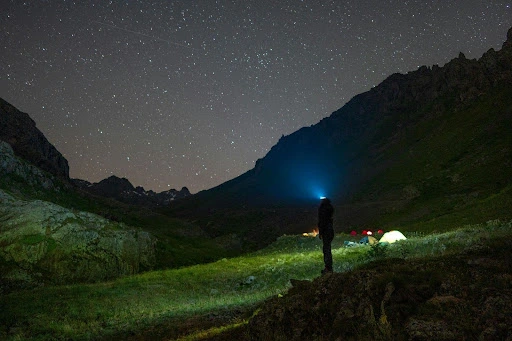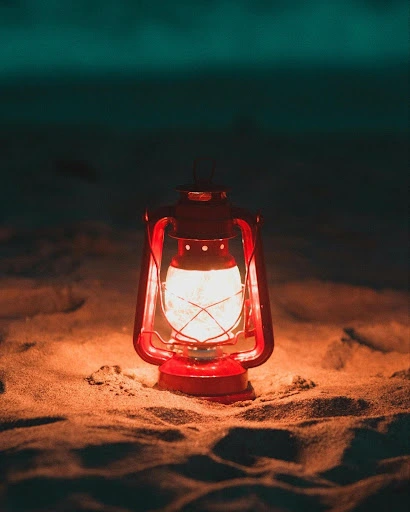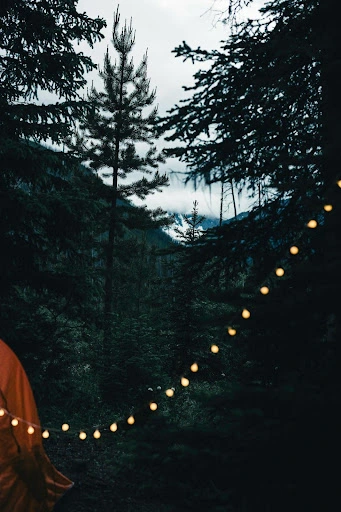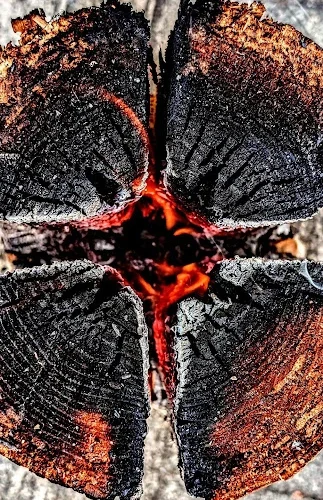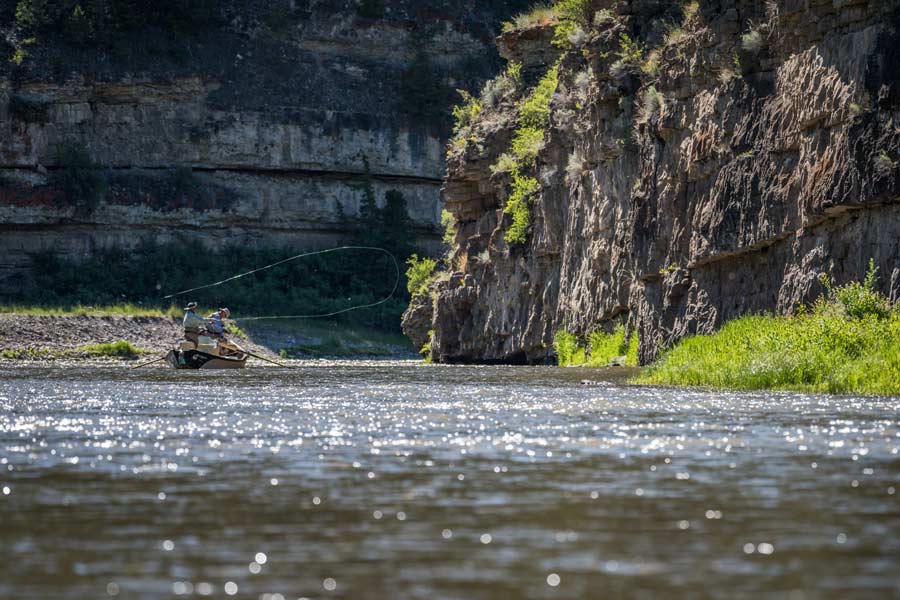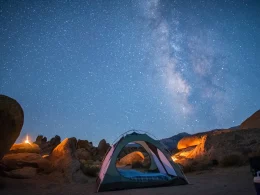When packing for a camping trip, lighting is key for safety, convenience and enjoyment after dark. But with so many options – headlamps, lanterns, flashlights – just how do you know how bright is bright enough? The answer is lumens, which measure total light output. Too few lumens and you’re stumbling around in the dark; too many and you’re draining batteries or carrying extra weight.
In this guide we’ll break down what lumens mean for camping and recommend ranges for different lights. Whether you’re car camping with the family or backpacking solo, getting lumens right can make all the difference for your nights under the stars.
Table of Contents
What Are Lumens and Why Do They Matter for Camping?
Lumens quantify the visible light emitted by a source, think of it as “brightness volume”. Unlike watts (which measure power consumption), lumens measure output, making them a better gauge for LEDs common in modern camping gear.
For camping, lumens aren’t just about max brightness; they’re tied to:
- Beam type: Flood (wide area) vs. spot (focused distance).
- Runtime: Higher lumens often mean shorter battery life.
- Environment: Dark forests need less than open fields due to less ambient light reflection.
Overkill lumens (e.g. 1,000+) can blind you or your campmates and attract bugs, while under 50 might leave you in the dark for tasks like cooking or reading. My advice is to aim for versatile lights with adjustable modes to balance brightness and efficiency.
Lumens Recommendations by Light Type
Camping lights fall into three main categories: headlamps for hands-free use, lanterns for area illumination and flashlights for portability. As you can probably surmise, each type of light will have benefits and downsides depending on the activity.
Headlamps: Hands-Free Essentials for Hiking and Tasks
Headlamps are perfect for night hikes, tent setup or reading. Most range from 50 to 500 lumens, but 300 is often the sweet spot for everyday camping.
- Low-end (50-150 lumens): Great for close-up tasks like map reading or tent organization. Use this for ambient light to preserve night vision and save battery—perfect for ultralight backpackers.* Mid-range (150-300 lumens): Good for most campers. Lights up a trail 50-100 feet or a small campsite without glare.
- High-end (300-500+ lumens): For fast-paced hiking in zero visibility or search-and-rescue scenarios. Avoid max mode for more than an hour.
Another feature I really enjoy using is the red light modes (under 10 lumens) which don’t disrupt wildlife or your night vision.
Lanterns: Area Lighting for Campsites and Tents
Lanterns provide 360-degree glow for group activities like cooking or games. They range from 100 to 1,000 lumens, with 150-350 being ideal for most setups.
- Tent interior (100-200 lumens): Enough for reading, changing clothes or ambient mood without harsh shadows. Hang one from the ceiling for even distribution.
- Campsite tasks (200-400 lumens): Illuminates a 10-20 foot radius for cooking, eating or hanging out. Family campers often prefer this for safety around kids.
- Large groups or base camps (400-700+ lumens): Lights up bigger areas like a picnic table or RV site. Multiple lanterns at 500 lumens each can cover a large site better than one super-bright unit.
Solar-powered or rechargeable lanterns shine here, paired with string lights (under 100 lumens total) for decorative, bug-minimizing ambiance.
Flashlights: Versatile Backup for Spot Lighting
Flashlights (or torches) are for directed beams, ranging from 50 to over 1,000 lumens. For camping, 200-500 is plenty without excess bulk.
- Everyday use (100-300 lumens): Handles pathfinding, signaling or quick checks. Runtime can stretch to 10+ hours.
- Intense needs (300-600 lumens): For navigating rough terrain or emergencies. Some models hit 3,200 lumens briefly, but that’s overkill for most trips.
- Minimalist (under 100 lumens): Fine for around-camp chores if you prioritize lightweight gear.
Flood beams work best for campsites, while spot beams extend reach (up to 300+ feet at higher lumens).
Final Thoughts
The type of light you choose, beyond just lumens, shapes your campsite experience. Headlamps with flood beams create a soft, wide glow for tasks like cooking or reading in your tent, spreading light evenly to avoid harsh shadows. They’re hands-free but the beam may not reach far for spotting distant trails.
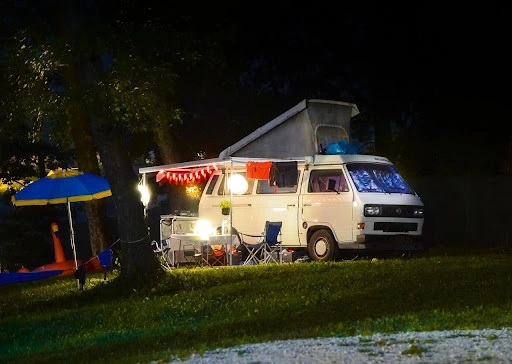
Lanterns, especially 360-degree ones, bathe larger areas like dining tables or group hangouts in a warm, communal light, which is great for family camping. But they’re less portable and can cast uneven light if not hung right. Flashlights with spot beams are good for pinpointing objects far off, like checking for wildlife or navigating trails, but can feel intense for close-up tasks. Try out different beam types and lumen settings to find your perfect campsite ambiance and functionality.

